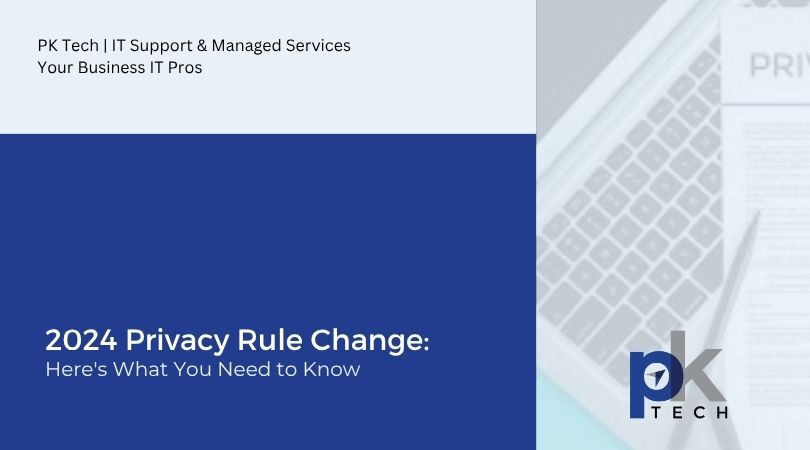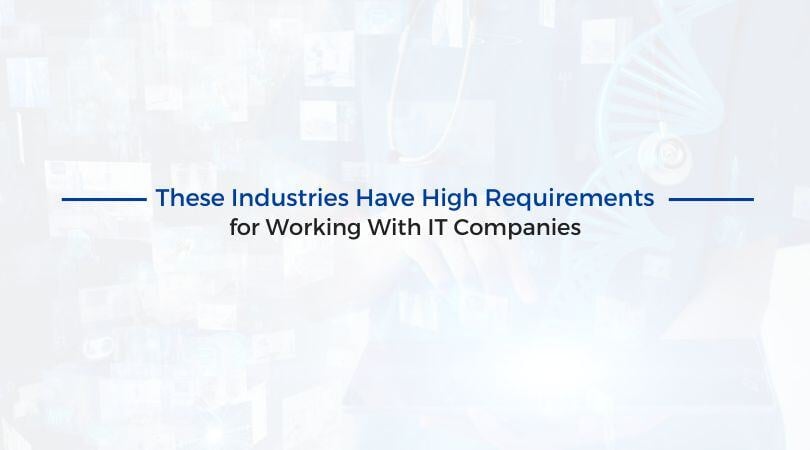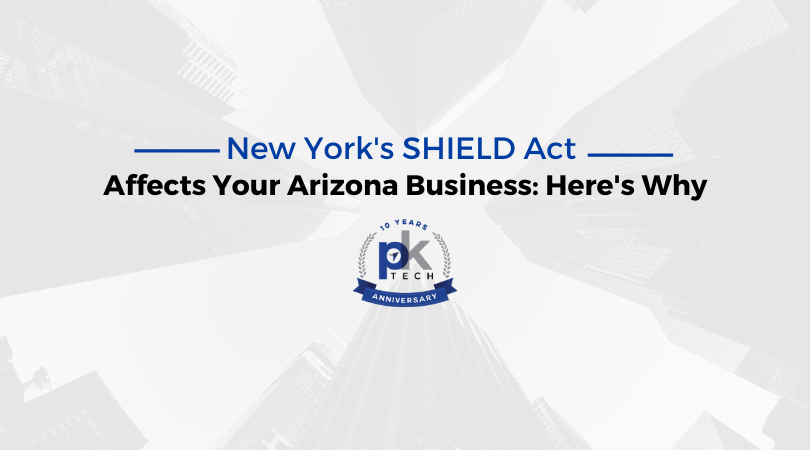New Guidelines for TPAs: Here’s What You Need To Do
Are you a TPA? If yes, this blog is for you! In April of 2021, The Employment Benefits Security Administration within the United States Department of...

At the end of 2024, HHS’ Office for Civil Rights (OCR) rolled out major updates to the HIPAA Privacy Rule. Changes focus on reproductive health PHI (Protected Health Information), substance use disorder (SUD) alignment, patient record protections, and proposed sweeping cybersecurity overhauls.
As a managed IT service provider in the business of servicing healthcare industry businesses, we’re providing our deep dive into the 2024 Privacy Rule and related Security Rule updates. It’s vital for businesses with HIPAA compliance requirements to understand these shifts in order to ensure compliant IT frameworks, IT operations, and technical safeguards.
This breakdown will clarify critical IT and cybersecurity implications for your business and guide actionable next steps.
Primary notable changes surround reinforced protections for reproductive health PHI. Changes will include:
Modify document management and EHR/PHI workflows to tag reproductive care records, flag related access events, store attestation files securely, and enable rapid policy updates in NPP presentation layers.
The Privacy Rule now harmonizes Part 2 SUD consent with HIPAA processes. This means that IT systems must:
Design EHR modules to label SUD PHI, enforce consent-based gating, audit PPE-only record logs, and maintain tagging to support restricted access and accounting features.
OCR’s January 2025 Notice of Proposed Rulemaking (NPRM) modernizes the HIPAA Security Rule. As an MSP, we are tasked to ready our clients’ systems to meet or exceed the following standards:
As an MSP focused on the healthcare industry, this is how we will prepare to serve our clients in maintaining HIPAA compliance. If your business requires HIPAA compliance, your MSP provider should be providing the following services:
With recent changes and ongoing updates to HIPAA compliance requirements over the years, it’s natural to wonder, what’s next? Looking ahead, we’re focused on AI, potential emerging tech, and shifts in enforcement.
As a managed IT service provider, we think 2025 represents a paradigm shift: Privacy Rule updates mean supporting new PHI workflows (reproductive, SUD), while the Security Rule NPRM demands enterprise‑grade cybersecurity. For our clients subject to HIPAA compliance, we will be focusing on:
Policy becomes audit-ready compliance standards. Businesses who embrace changes early will safeguard themselves and strengthen trust with their patient base.
If your business needs guidance navigating HIPAA compliance and recent policy changes, we are here to help. Schedule a time to chat with our team here.

Are you a TPA? If yes, this blog is for you! In April of 2021, The Employment Benefits Security Administration within the United States Department of...

The integration of technology has become ubiquitous across industries, driving efficiency, innovation, and connectivity. As organizations...

Arizona businesses should be aware of a recent act initiated in New York that looks to change the way companies approach security practices...